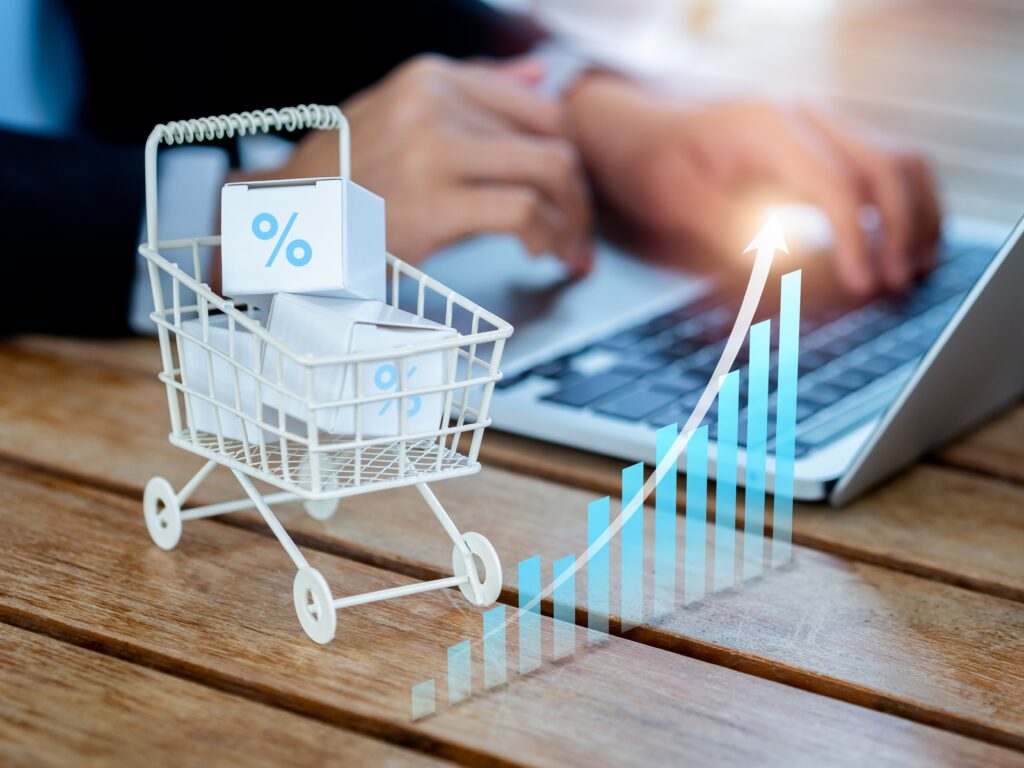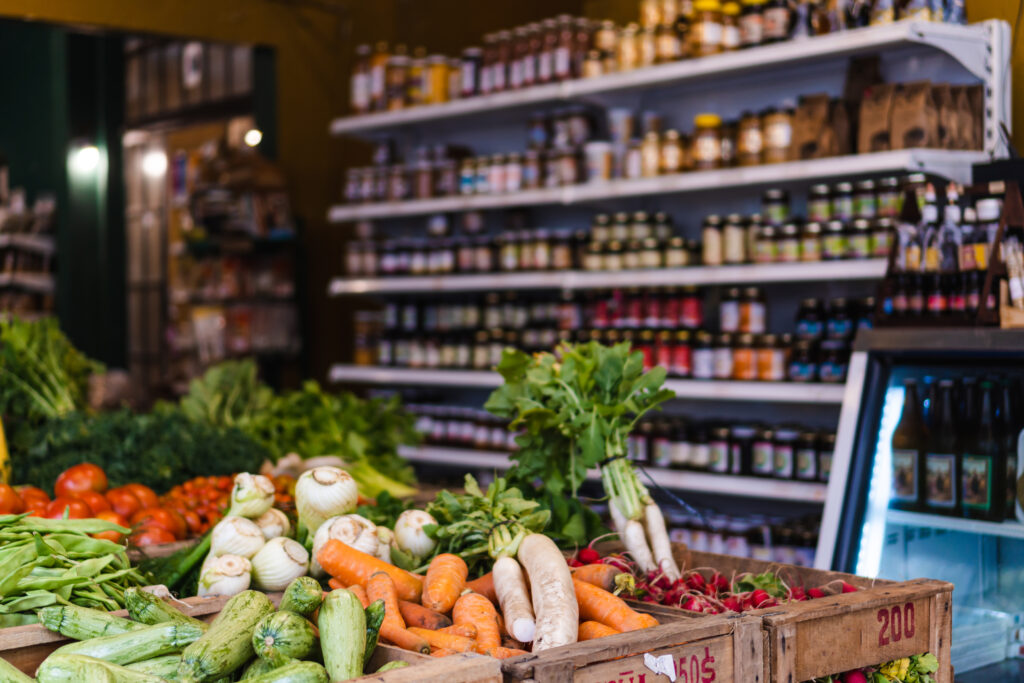
- Products
- Solutions
- Learn
- Partner
- Try Now
In an era where convenience and efficiency reign supreme, the digital revolution has transformed our lives, including shopping. Local businesses must embrace online ordering with hyperlocal delivery. It’s not just a trend; it’s a vital strategy. This approach can significantly boost their growth and sustainability.
This blog explores the profound impact of online ordering and hyperlocal delivery on local businesses, backed by statistics and facts.
The Rise of Online Ordering
Online ordering has seen an exponential rise in recent years. According to Statista, Global e-commerce sales hit $4.28 trillion in 2020, projected to reach $6.38 trillion by 2024 (Statista). The surge extends beyond large retailers. Local businesses are leveraging this trend. They aim to expand their customer reach.

Hyperlocal Delivery: A Game-Changer
Hyperlocal delivery involves delivering goods within a limited geographical area. Typically, this area spans just a few kilometers from the source. This model leverages local resources and infrastructure to ensure rapid delivery, often within hours. Here’s how hyperlocal delivery is revolutionizing local businesses:
– Enhanced Customer Experience:
Hyperlocal delivery meets the growing demand for quick and convenient shopping experiences. A survey by McKinsey found that 30% of consumers prefer same-day delivery, and 25% would pay a premium for it. Local businesses that offer fast delivery can thus attract and retain more customers.
– Boost in Sales and Revenue:
The convenience of online ordering coupled with fast delivery drives higher sales volumes. A study by Deloitte highlighted that businesses offering same-day delivery saw a 25% increase in sales. This is particularly beneficial for local businesses aiming to compete with larger e-commerce platforms.

– Increased Visibility and Reach:
Hyperlocal delivery platforms often include local businesses in their listings, providing them with increased visibility. For example, platforms like Uber Eats, DoorDash, and Instacart have expanded their services to include not just restaurants but also grocery stores, pharmacies, and local retailers, thus broadening the customer base for these businesses.
– Sustainability and Community Support:
By focusing on a limited geographical area, hyperlocal delivery reduces carbon footprints compared to traditional long-distance logistics. Moreover, it fosters a sense of community by encouraging customers to support local businesses. According to a report by American Express, for every dollar spent at a small business, approximately 67 cents stays within the local community.
Also read, https://jungleworks.com/online-ordering-trends-to-watch-whats-changing-in-2024/
Real-World Success Stories
To illustrate the tangible benefits of online ordering with hyperlocal delivery, let’s look at a few success stories:
– Local Grocery Stores:
During the COVID-19 pandemic, many local grocery stores adapted quickly to the changing landscape by offering online ordering and same-day delivery. For instance, local grocery chains like Farmdrop in the UK saw a significant rise in orders, with some reporting a 300% increase in demand during the peak of the pandemic. This shift not only sustained their businesses during challenging times but also expanded their customer base post-pandemic.

– Neighborhood Restaurants:
Local restaurants have greatly benefited from partnering with delivery platforms. According to the National Restaurant Association, 60% of restaurant operators say that offering delivery generated incremental sales. For many small eateries, embracing online ordering and delivery has been a lifeline, helping them to reach customers who prefer dining at home.
– Pharmacies and Healthcare Providers:
Local pharmacies have also tapped into the hyperlocal delivery trend. Services like Capsule and NimbleRx offer same-day delivery of prescriptions, catering to the urgent needs of customers. This not only boosts sales but also builds customer loyalty by providing essential services promptly.
Key Statistics Supporting the Trend
– Customer Preferences: A survey by Capgemini found that 55% of consumers prefer buying from stores that offer fast and flexible delivery options.
– Economic Impact: Small Business Trends reported that businesses offering online ordering and delivery saw an average revenue increase of 30% compared to those that did not.
– Environmental Benefits: Hyperlocal delivery models can significantly reduce emissions. A study by the World Economic Forum indicated that optimizing last-mile deliveries could cut emissions by up to 30% in urban areas by 2030.
Challenges and Solutions
While the benefits are clear, implementing online ordering and hyperlocal delivery comes with its own set of challenges:
– Technology Integration:
Local businesses often lack the infrastructure to handle online orders and logistics. Solutions like Shopify, Square, and WooCommerce provide user-friendly platforms for businesses to set up online stores and integrate delivery services seamlessly.
– Logistics Management:
Efficiently managing deliveries can be daunting. Partnering with established delivery platforms or local courier services can help mitigate this challenge. Companies like Deliv and Postmates offer tailored solutions for small businesses.
– Cost Concerns:
The initial investment in technology and partnerships can be a hurdle. However, the long-term benefits, such as increased sales and customer loyalty, often outweigh the initial costs. Additionally, many platforms offer scalable pricing models to accommodate small businesses.

Conclusion
Online ordering with hyperlocal delivery is not just a passing trend but a vital strategy for local businesses aiming to thrive in a competitive market. By embracing this model, local businesses can enhance customer experience, increase sales, and foster community support. As the digital landscape continues to evolve, the businesses that adapt and innovate will be the ones that not only survive but flourish.
In a world where convenience and immediacy are paramount, local businesses must seize the opportunity to transform their operations through online ordering and hyperlocal delivery. The statistics and success stories speak for themselves: this is the future of local commerce, and it’s already here.
Also watch,
Subscribe to stay ahead with the latest updates and entrepreneurial insights!

Subscribe to our newsletter
Get access to the latest industry & product insights.





















